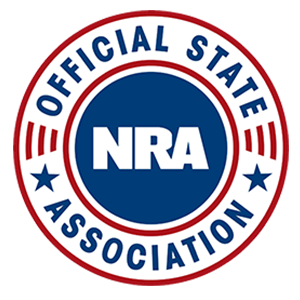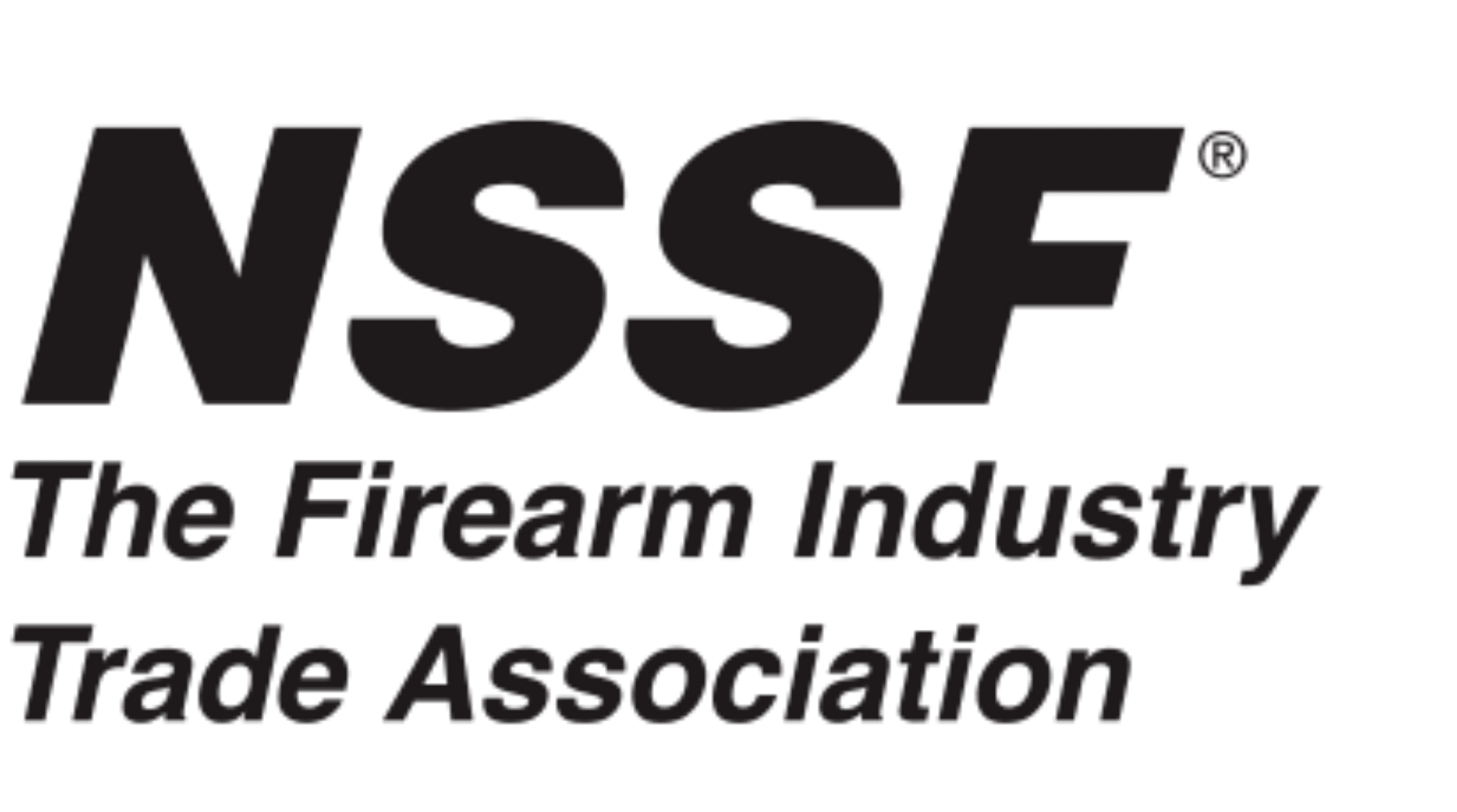Notes on the Firearm Control Advisory Board Meeting for February 14, 2025
Jim Wallace
Note: Anything the FCAB does is purely advisory in nature. Any final action must be done by the Secretary of the Executive Office of Public Safety and Security.
The February 14th meeting of the Firearm Control Advisory Board (FCAB) was very busy. The first item the board tackled was the “long gun” testing requirements for roster inclusion per the requirements in Ch. 140 § 1313/4. After a few meetings worth of discussions on this matter, the conclusion was to advise the Secretary of Public Safety and Homeland Security not to include long guns in the testing and roster requirements in Ch. 140 § 123.
This was accomplished by using the context clause in the definition section of Ch. 140 § 121. That clause explains that the definitions set forth may not apply depending on the context of the specific section of Ch. 140. The FCAB reasoned that the testing requirements could not be applied to long guns and therefore the context of those definitions could not apply in turn; therefore, convincing the board to vote to advise the Secretary not to include long guns on any firearms rosters. If the Secretary should approve this recommendation, it will likely come in the next guidance letter.
The next subject was the banned so-called “assault-style firearm” roster. I have been adamant that no such roster is practical for several reasons. The first of which being that the Commonwealth cannot start off with a partial list and then add to it in later months or years. I have argued that once a roster is published the specifics of that roster will be treated as gospel by retailers and potential buyers. Unlike approved rosters, where the Commonwealth can add guns that are approved for sale. Meaning that subsequent rosters, which would likely include more guns, could cause confusion regarding whether or not guns that don’t appear on the roster can be sold or possessed – regardless of the law’s intention.
Another technical problem with the roster: there is no such thing as a banned “assault-style firearm” in Massachusetts. They may have heavy restrictions on them, but they are not completely banned. For example, members of law enforcement can still purchase and possess them for personal use. Additionally, if a Mass citizen owned and possessed an “assault-style firearm” prior to the grandfathering dates, it is lawful for them to possess and even transfer those items meaning, there are no “banned” firearms. For all of these reasons, creating a list of “banned” guns is an incredibly far-reaching and confusing venture.
The majority of the FCAB is under the impression that placing a lengthy explanation of the law as a preamble to the roster should suffice to explain this. I adamantly disagree with such an approach as the laws are basically incomprehensible to even those sitting in the room. Discussions are ongoing regarding this topic and I will ensure that news from future meetings is conveyed to our membership.
Additionally, a new subject came up regarding approving handguns for the roster that currently exists. A company called Biofire submitted a 9mm for approval after having gone through the current required testing at an approved laboratory. This particular gun works on biometrics, a completely new technology that the FCAB has not dealt with and has not been contemplated by the approval process. It was explained to us that one would have to be using their fingerprint to activate firearm, or set up for facial recognition, or both.
Although it passed the standard testing, including as drop tests, I inquired whether or not the test was still the same as with an average pistol or revolver. The reason for this question was that the handgun could not fire without the biometric being activated. Does the battery power engage the safeties? If so, what happens when the batteries run out? Can the pistol fire if the battery runs dry? Any other type of gun, other than someone pulling the trigger, does not have electronics that need to be biometrically activated. Which begs the question: how did the laboratory conduct the tests?
All questions that were not answered. I then suggested that if these biometric guns are going to be allowed for sale, the secretary must reexamine the testing requirements for them. All of that being said, I do not support the roster or testing requirements; GOAL has opposed those from day one, but if they are in play, then this new technology must be looked at to ensure that they are actually meeting the same standards.
In the end, the board voted to approve the gun be placed on the roster; I voted no as I did not get any answers to my questions.
There were two Kimbers approved for the roster, both 9mm. Three Smith and Wessons and two Sig Sauers were added to the roster under the functional design equivalent.
The next meeting is scheduled for March 14th. I have asked that in the following months the board meet outside of the Boston area so that people can attend in person and ask questions.
© 2024 GUN OWNERS' ACTION LEAGUE. 287 TURNPIKE RD., SUITE 115, WESTBORO MA 01581 ALL RIGHTS RESERVED - POWERED BY ASSOCIATIONSHPERE
GOAL Return Policy
Student Re-booking and Cancellation Policy
Terms


